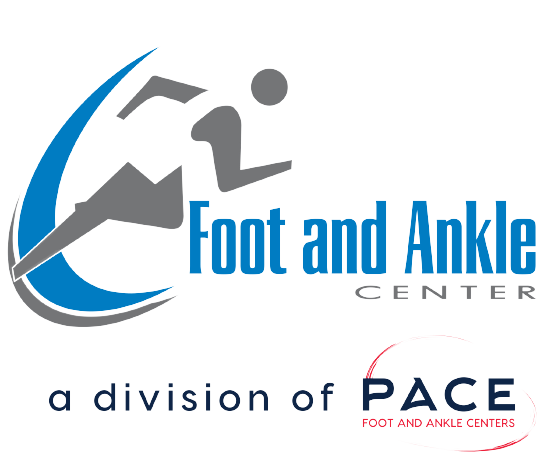Diabetic Footcare
Diabetes and Your Feet
According to the American Diabetes Association, about 29.1 million Americans have diabetes. Nervous system damage (numbness/tingling/burning called neuropathy) affects about half of those diagnosed with diabetes and is a major complication that may cause diabetics to lose feeling in their feet or hands.
Foot complications are a big risk in diabetics. Diabetics must constantly evaluate their feet to prevent debilitating consequences, including wounds, infections and amputations.
With a diabetic foot, a wound as small as a blister from wearing a poor fitting shoe can cause a severe consequence. Diabetics commonly have poor circulation, so injuries can be extremely slow to heal. When a wound has developed and is slow to heal major concerns include poor blood flow, infection or too much localized pressure to the area. Infections can be very rapid so diabetics should inspect their feet every day. Preventative measures include looking for puncture wounds, bruises, pressure areas, redness, warmth, blisters, ulcers, scratches, cuts and nail problems.
Diabetic Neuropathy
If diabetic neuropathy develops, the feet are at risk for becoming deformed. Foot deformities increase a wound potential which can be a high risk for an infection to develop.
A complication of neuropathy is a serious foot bone condition called Charcot (pronounced “sharko”) arthropathy. This condition causes the foot bones to fracture and collapse, warping the shape of a foot. Often this severe collapse is not recognized by the patient because of the lack of sensation despite the serious injury. There are various treatment modalities for diabetic neuropathy that range from medications, vitamins, padding, shoe gear changes, nerve devices and surgical interventions. Charcot changes are treated with various conservative or surgical methods, depending on the extent of the disease.
At the Foot and Ankle Center we strive to prevent advanced foot disease. We are trained to look for potential problem sites and also to educate our patients about treatment options. If problems do develop, we focus on that specific complication to find the right solution.
Tips for taking care of your feet:
- Don’t get your feet wet in snow or rain. Always keep your feet warm.
- Don’t put your feet on radiators or in front of the fireplace.
- Don’t smoke due to the increased risk of vascular disease.
- If soaking the feet, make sure the temperature of the water is not too hot with a thermometer
- Don’t use a heating pads or sharp instruments on your feet.
- Don’t lace your shoes too tightly or loosely.
- Have a podiatrist trim the nails.
- Use moisturizing lotions or creams to keep the skin soft and moist, but avoid lotions/creams between your toes.
- Wash your feet every day with mild soap and warm water. When drying your feet, pat each foot with a towel and don’t forget to dry between your toes.
- Wear clean, dry socks every day. Avoid socks with holes or wrinkles. Thin cotton socks are more absorbent for summer wear. Square-toes socks will not squeeze your toes. Avoid stockings with elastic tops. Seamless sock can be a nice option if the toes get irritations in a shoe.
- Wear warm socks and shoes in winter.
- Buy shoes that are comfortable and supportive. Check how your shoe fits in width, length, back, bottom of heel, and sole. Avoid pointed-toe styles and high heels. Try to get shoes made with leather upper material and deep toe boxes. Wear new shoes for only two hours or less at a time. Inspect the inside of each shoe before putting it on.
- The Foot and Ankle Center carries orthopedic footwear and innersoles.

